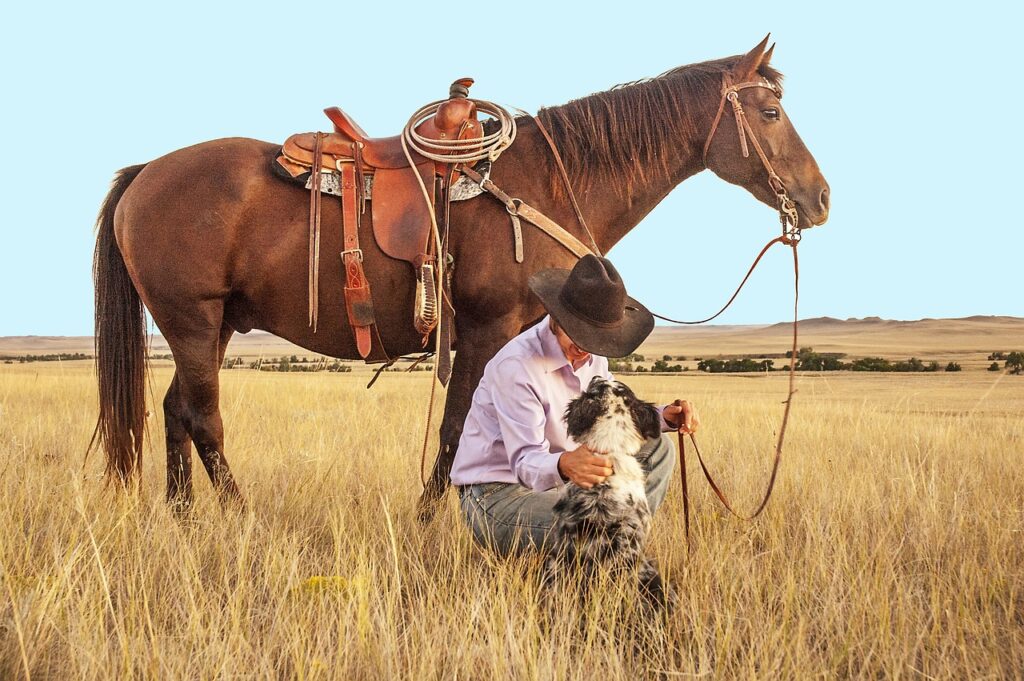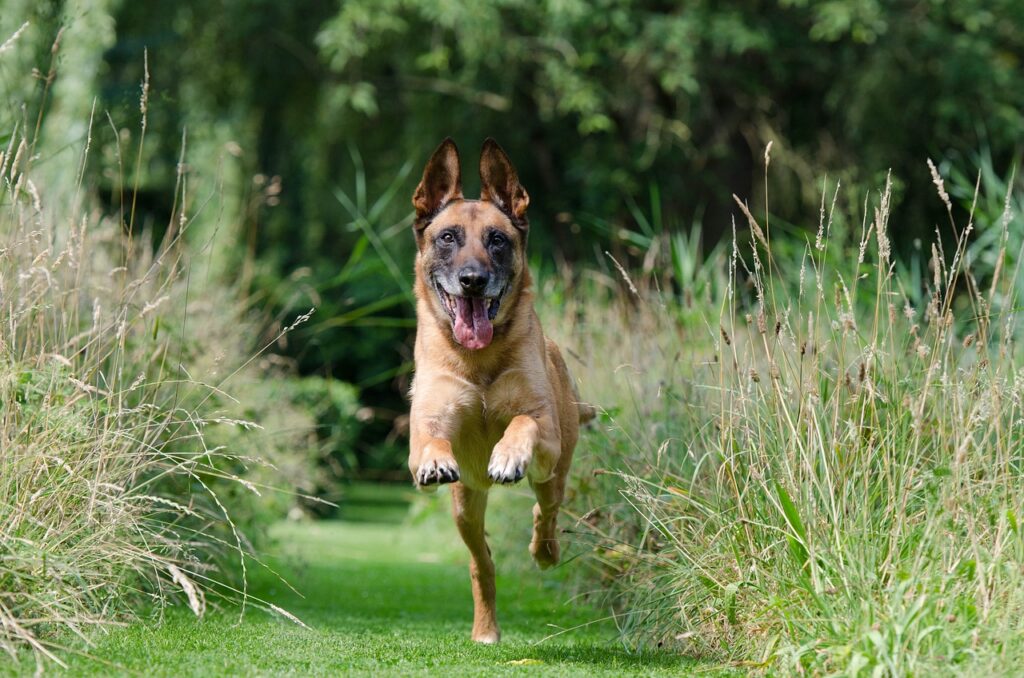
If you’ve been struggling with your canine companion’s unruly behavior, you’re not alone. Sometimes, our furry friends can test our patience with their naughty antics. But fret not, because in this article, we’ll explore effective and humane ways to discipline your dog for their less-than-ideal behavior. From understanding the root cause of their actions to implementing positive reinforcement techniques, you’ll discover a range of helpful strategies to ensure that both you and your furry friend live harmoniously. So, let’s dive into the world of dog discipline and pave the way to a well-behaved and happy pup!
Understanding the Cause of Bad Behavior
When it comes to addressing and correcting your dog’s bad behavior, the first step is to understand and identify the specific issues. Take the time to observe your dog’s behavior closely and pinpoint the behaviors that need improvement. It could be excessive barking, jumping on furniture, or even aggression towards other dogs or people. By recognizing these behaviors, you can effectively address them with the appropriate training techniques.
It is also important to consider the underlying causes of your dog’s bad behavior. Dogs often act out due to various reasons such as fear, anxiety, boredom, or even medical issues. Dig deeper to understand if there are any triggers or contributing factors behind their behavior. Sometimes, a veterinarian or professional dog trainer can provide valuable insights and guidance in identifying these underlying causes.
Positive Reinforcement Training
One of the most effective ways to discipline your dog and encourage good behavior is through positive reinforcement training. This method involves rewarding and praising your dog for desired actions, reinforcing their understanding of what behaviors are favorable. Utilize treats, toys, or verbal praise to motivate and reward them. This positive reinforcement approach not only strengthens the bond between you and your dog but also encourages them to repeat the desired behavior.
Remember, consistency is key when using positive reinforcement. Be clear in your expectations and reward your dog promptly when they exhibit the desired behavior. By focusing on the positive actions, you can effectively redirect and reinforce good behavior while gradually eliminating the bad.

Redirecting Behavior
In some cases, providing your dog with appropriate outlets for their natural behaviors can help redirect their negative behavior. Dogs are naturally inclined to chew, dig, or engage in activities that burn off excess energy. By offering them alternative activities and toys, you can redirect their attention away from destructive or unwanted behaviors. For example, providing them with chew toys or interactive puzzle games can help satisfy their natural instincts.
If you notice your dog engaging in undesirable behavior, it is essential to distract and redirect their attention. Use positive reinforcement techniques to encourage them to engage in more acceptable behavior. For instance, if your dog starts jumping on guests, redirect their attention by asking them to sit or lie down and reward them for complying.
Consistency and Routine
Establishing clear rules and boundaries is crucial when it comes to disciplining your dog. Dogs thrive on consistency and routine, as it helps them understand what is expected of them. Make sure to set and communicate these rules clearly with everyone in your household to avoid confusion or conflicting expectations.
Maintaining a consistent schedule is equally important. Dogs appreciate structure and predictability, so try to feed them, walk them, and provide playtime at the same times every day. This regular routine helps establish a sense of security and reduces anxiety, which can contribute to bad behavior.
Enforce consequences when your dog breaks the established rules. Remember to do so in a calm and firm manner. For example, if your dog jumps on the couch when it’s not allowed, gently guide them off and reinforce the rule. Consistency in enforcing consequences will help your dog understand what is expected of them and deter them from engaging in negative behaviors.

Avoiding Negative Reinforcement
While it may be tempting to resort to physical or verbal punishment when disciplining your dog, it is important to avoid such methods. Dogs respond much better to positive reinforcement and gentle guidance. Physical punishment, shouting, or hitting can lead to fear, aggression, or anxiety in your dog. They may associate these negative actions with you or the environment, resulting in worsened behavior.
Instead, focus on positive reinforcement and redirection techniques. By rewarding good behavior and redirecting them from bad behavior, you can create a nurturing and encouraging environment for your dog to thrive in.
Using Timeouts and Ignoring
Sometimes, giving your dog a timeout is an effective way to address certain behaviors. Timeouts involve briefly removing your dog from a situation or the area where the undesirable behavior occurred. This brief separation allows them to calm down and understand that their action resulted in a consequence.
Ignoring attention-seeking behaviors is another technique you can utilize. Dogs often misbehave to seek attention. By ignoring these behaviors instead of reinforcing them with attention, you teach your dog that negative behavior will not result in the desired outcome. Be patient when using this method, as it may take time for your dog to understand that their actions are no longer effective in gaining attention.

Training Tools and Techniques
In addition to positive reinforcement, various training tools and techniques can aid in disciplining your dog. Consider using tools like clickers or target sticks to facilitate communication and reinforcement. Clickers can be used to mark the desired behavior, followed by a reward. Target sticks can guide your dog to perform specific actions or follow commands.
It is important to note that the use of training aids should always be accompanied by positive reinforcement-based training methods. A professional dog trainer can guide you on the proper use of these tools and techniques to effectively discipline your dog and encourage good behavior.
Socialization and Exercise
Socialization and exercise play crucial roles in shaping your dog’s behavior. Regular exercise helps burn off excess energy, keeping your dog physically and mentally stimulated. It also reduces the likelihood of boredom-induced bad behavior. Make sure to provide your dog with daily exercise opportunities such as walks, playtime, or engaging activities like agility training.
Socialization is equally important as it exposes your dog to different environments, people, and other animals. This exposure helps them become well-adjusted and less likely to exhibit fear or aggression. Consider supervised interactions with other dogs, visits to dog parks, or even enrolling in group training classes to ensure proper socialization.
Seeking Professional Help
If you find yourself struggling to discipline your dog’s bad behavior, seeking professional help can make a significant difference. Consulting with a professional dog trainer or behaviorist can provide you with expert guidance tailored to your dog’s specific needs. They can assess the underlying causes of the behavior, develop a personalized training plan, and provide ongoing support.
Attending obedience classes or workshops is another way to get professional help. These group settings offer a structured environment where you can learn from experienced trainers and interact with other dog owners facing similar challenges. These classes can not only help improve your dog’s behavior but also strengthen the bond between you and your furry companion.
Maintaining Patience and Persistence
It is essential to remember that behavior change takes time. Dogs, like humans, require patience and persistence during the training process. Your dog may not immediately grasp the desired behaviors, but with consistent training and reinforcement, they will progress over time.
Stay committed to the training plan you have established, remaining consistent and patient throughout. Celebrate small wins and milestones along the way, as this will encourage both you and your dog. By maintaining a positive and supportive attitude, you can effectively discipline your dog for bad behavior while nurturing a loving and respectful relationship.

